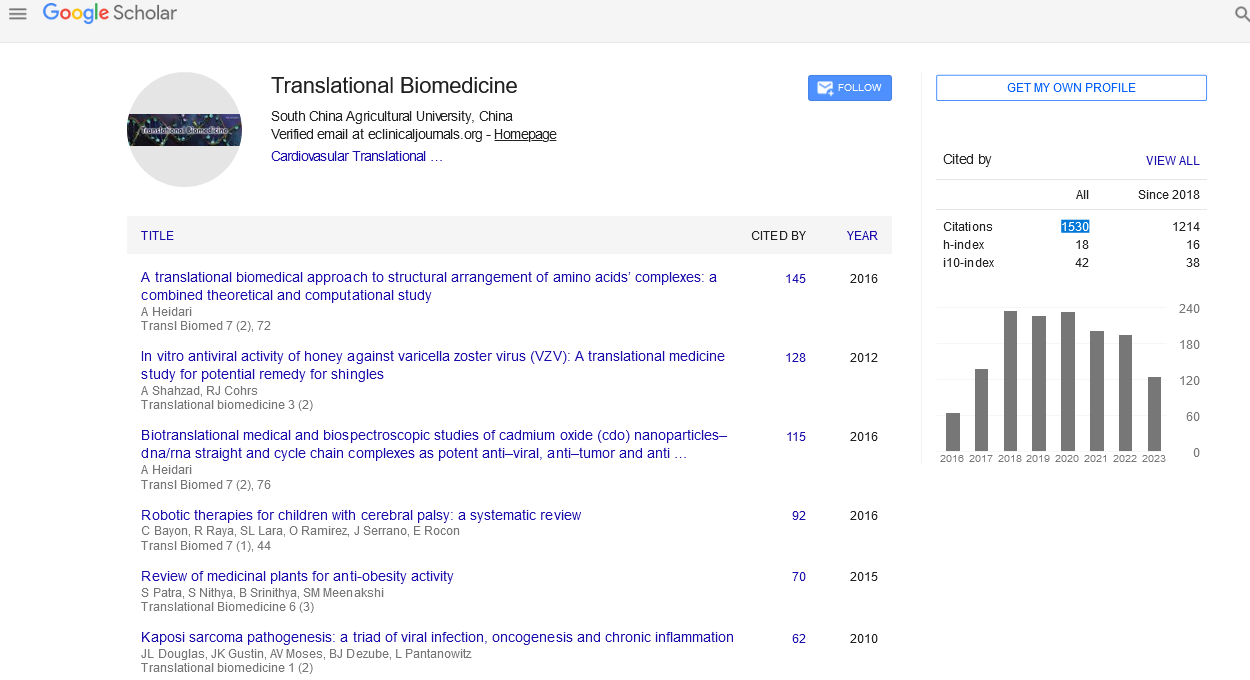Introduction
In 1889, the great German pathologist, Julius Conheim [1] averred that the findings at autopsy “are all in a manner experiments instituted by nature, which we need only rightly interpret to get a clear idea of the causes, laws of growth, and significance of the tumor.” Accordingly, a good example is the series of necropsies reported during the 19th century by members of a learned society in London [2]. In particular, the highly colored melanoma was best seen in all the nooks and corners of the pulmonary parenchyma. The lessons learnt therefrom deserve documentation.
Historical Texts
Many deposits were found in the heart, the kidneys, the spleen, suprarenal capsules, omentum, pancreas, and even the lining of the stomach and ileum [3]. Yet, there was the cryptic, “The lungs were free from the deposits.”
Another engaging case was that of a 37-year-old man who died at St. George’s Hospital, London [4]. At autopsy, among several colonies, “there was a pedunculated and lobulated growth springing from the visceral pleura, and accommodated between the lobes of the left lung.” I believe that this description was precise in terms of the pulmonary configurations.
One lung alone may be involved. Thus, Sanderson [5] saw no deposit in the left lung, whereas the right side exhibited scattered numerous growths which “differed in size from that of a pea to that of a nutmeg.” Moreover, they tended to be “grouped round the larger bronchial divisions.” Another free lung was encountered by Mackenzie [6] although the other lung manifested deposits “everywhere.”
In contrast, both lungs usually suffered together [7]. As Godlee put it [8] they occurred “throughout the lungs, but principally on the surface of the lower and middle lobes.” Moreover, they “shelled out of the pulmonary tissue with great readiness.” Also notable was the comparative statement of Legg [9] in terms of similarity in both the fewness of tumors and their abundance at the bases.
Comparism was plentifully observed by Payne as follows:
The right lung (showed) very numerous small distinct tumours, none larger than a cherry, some superficially situated and projecting on the pleural surface, some in the substance of the organ; they showed various shades of pigmentation up to actual blackness. A portion of the lower lobe on the posterior inferior margin was infiltrated with melanotic growth, forming a solid mass, three or four inches square, of a blackish-slate colour. With these exceptions the lung tissue was crepitant and natural [10].
Still on a comparative spectrum were the observations of Bryant thus”
The lungs were full of tumours, probably about half of each was thus occupied; many of these were very large, as large as an egg; when cut they were found mostly of a brownish lung of different degrees of intensity and shade. Some were almost white, others brown from the presence of pigment [11].
Fagge [12] excelled by reporting two cases. In Case I, “the lungs contained numerous nodules of growth, most of them unpigmented.” Case II consisted of a list which started with the lungs and were followed by heart, spleen, and kidneys, in one of the iliac glands, and also in the diploe of the calvaria and sternum. Indeed, the last two must have strained the searching eye!
Lastly, there was co-authorship by Calvert and Strangeways [13]. These authors again started with the lungs and stretched the positive sites to pleura, heart, stomach, intestines, liver, gall-bladder, spleen, pancreas, supra-renals, kidneys, bladder, testes, lumbar vertebrae, and dura mater. Uniquely, they revealed that “The specimens shown at the meeting were fixed in formalin and mounted in glycerine-a process begun at St. Bartholomew’s and introduced into England by Dr. Kanthack.
Discussion
Melanomas are defined in Merriam-Webster’s Collegiate Dictionary [14] as “tumour containing dark pigment,” and deemed to have been named in 1838. This means that a decade elapsed before the inauguration of the Pathological Society of London (1846-48).
The earliest case of melanoma in my collection of these Transactions was in 1855, the rest being dispersed from then up to 1898. Of additional interest was the preservation of the specimen in Guy’s Hospital Museum “on account of its extreme rarity” [7]. So was another in Thomas’s Hospital, London [6]. Likewise, Godlee [8] added a Plate in which the Figures, notably “from drawing by himself,” were richly presented.
Nowadays, a prime focus on malignant melanoma research is on progress in understanding its pathology [15]. Be that as it may, it is necessary, as Macfarlane Burnet [16] spotlighted, that the historical origins of a subject should be documented. It has so been done in this present communication.
Conclusion
When melanomas spread, it is a rarity for the pulmonary parenchyma not to be attacked. Less commonly, one lung alone suffered. The majority exhibited bilaterality of colonization. In general, variations occurred as to the exact site, size, color, number, and movability within the parenchyma. Whereas recent progress in understanding the pathology of malignant melanoma has been published, is this paper colorfully supplies its historical background from 1855-1898.
9927
References
- Cohnheim J (1989) Lectures on general pathology. Section 1. London: The New Sydenham Society pp: 14.
- Anonymous (1846-1848)Bye-Laws and Regulations. Trans Pathol Soc Lond pp: 15.
- Ogle JW (1856) Melanotic carcinomatous deposit connected with the dura mater, the lining of the ventricles, and the seventh and ninth pairs of cranial nerves. Trans Pathol Soc Lond 2: 5-6.
- Rolleston HD (1897) Secondary polypoid melanotic tumours in the mucosa of the small intestine. (Card specimen). Trans Pathol Soc Lond 48: 82-83.
- Sanderson (1855) Melanotic cancer in various organs. Trans Pathol Soc Lond 6: 324-328.
- Mackenzie JC (1891) Melanotic sarcoma, very widely disseminated. Trans Pathol Soc Lond 42: 321-329.
- Target JH (1891) Secondary melanotic sarcoma of the bladder. Trans Pathol Soc Lond 42: 214-215.
- Godlee RJ (1874) Melanotic sarcoma in the medulla oblongata secondary to a similar growth situated probably in a lymphatic gland. Trans Pathol Soc Lond 25: 18-22.
- Legg JW (1878) Melanotic sarcoma of the eyeball; secondary growths in the organs of the chest and belly, particularly in the liver. Trans Pathol Soc Lond 29: 225-230.
- Payne JF (1873) Melanotic sarcoma occurring in the liver, lungs, and other parts. Trans Pathol Soc Lond 24: 134-136.
- Bryant T (1863) Melanotic tumour developed in a mole; excision; and the secondary formation of melanotic tumours in the integuments and nearly every internal organ. Trans Pathol Soc Lond 14: 246-247.
- Fagge CH (1877) Two cases of melanuria associated with melanotic new growth. Trans Pathol Soc Lond 28: 172-175.
- Calvert J, Pigg TS (1898) A case of melanotic srcoma. (Card specimen). Trans Pathol Soc Lond 49: 297-299.
- Merriam-Webster’s Collegiate Dictionary (11thedn) (2012), Merriam-Webster, Inc, Springfield: Mass pp: 773.
- Kuphal S, Bosserhoff A (2009) Recent progress in understanding the pathology of malignant melanoma. J Pathol 219: 400-409.





